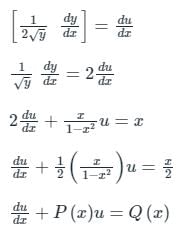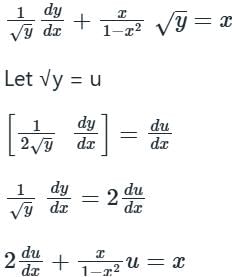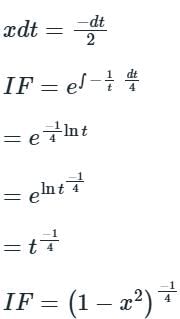Computer Science Engineering (CSE) Exam > Computer Science Engineering (CSE) Tests > Test: Diffusion Equation - Computer Science Engineering (CSE) MCQ
Test: Diffusion Equation - Computer Science Engineering (CSE) MCQ
Test Description
5 Questions MCQ Test - Test: Diffusion Equation
Test: Diffusion Equation for Computer Science Engineering (CSE) 2025 is part of Computer Science Engineering (CSE) preparation. The Test: Diffusion Equation questions and answers have been prepared
according to the Computer Science Engineering (CSE) exam syllabus.The Test: Diffusion Equation MCQs are made for Computer Science Engineering (CSE) 2025 Exam.
Find important definitions, questions, notes, meanings, examples, exercises, MCQs and online tests for Test: Diffusion Equation below.
Solutions of Test: Diffusion Equation questions in English are available as part of our course for Computer Science Engineering (CSE) & Test: Diffusion Equation solutions in
Hindi for Computer Science Engineering (CSE) course.
Download more important topics, notes, lectures and mock test series for Computer Science Engineering (CSE) Exam by signing up for free. Attempt Test: Diffusion Equation | 5 questions in 15 minutes | Mock test for Computer Science Engineering (CSE) preparation | Free important questions MCQ to study for Computer Science Engineering (CSE) Exam | Download free PDF with solutions
Detailed Solution for Test: Diffusion Equation - Question 1
Test: Diffusion Equation - Question 2
Consider the differential equation given below:

The integrating factor of the differential equation is:

The integrating factor of the differential equation is:
Detailed Solution for Test: Diffusion Equation - Question 2
Test: Diffusion Equation - Question 3
The following partial differential equation is defined for u:u (x, y)

The set auxiliary conditions necessary to solve the equation uniquely, is

The set auxiliary conditions necessary to solve the equation uniquely, is
Detailed Solution for Test: Diffusion Equation - Question 3
Test: Diffusion Equation - Question 4
Consider the differential equation given below:

The integrating factor of the differential equation is:
Detailed Solution for Test: Diffusion Equation - Question 4
Test: Diffusion Equation - Question 5
Consider the differential equation given below:

The integrating factor of the differential equation is:
Detailed Solution for Test: Diffusion Equation - Question 5
Information about Test: Diffusion Equation Page
In this test you can find the Exam questions for Test: Diffusion Equation solved & explained in the simplest way possible.
Besides giving Questions and answers for Test: Diffusion Equation, EduRev gives you an ample number of Online tests for practice
Download as PDF



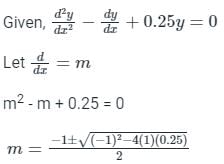
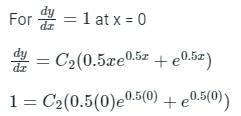



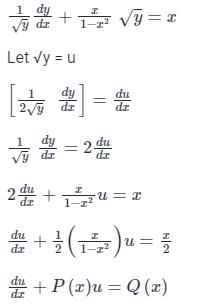
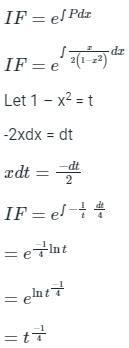





 To solve this partial differential equation, it needs to be integrated twice that will introduce two arbitrary constants.
To solve this partial differential equation, it needs to be integrated twice that will introduce two arbitrary constants.


